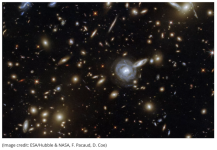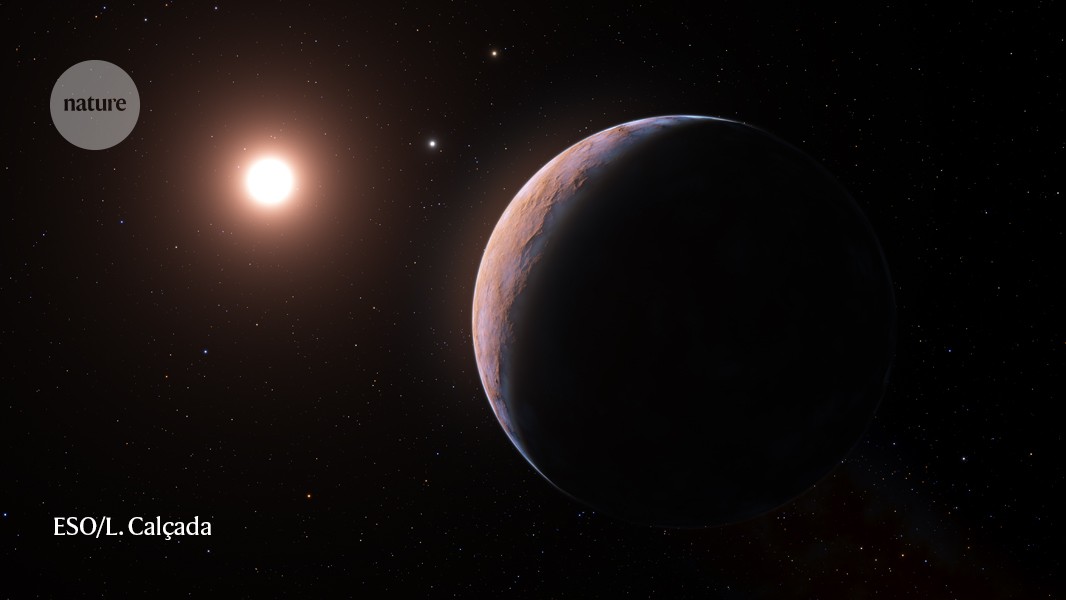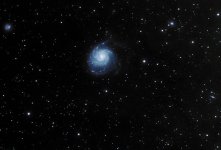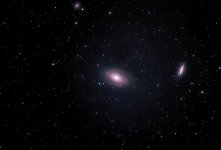BriGuy
Life of the Party
Visit the Coffee thread. We'll fix ya up!Cool thread.
I’d love to practice this style of photography. I first need to figure out how to stay up past 8 pm.
Visit the Coffee thread. We'll fix ya up!Cool thread.
I’d love to practice this style of photography. I first need to figure out how to stay up past 8 pm.
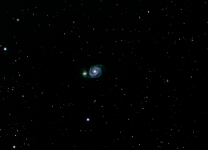
Nice work. Man I been busting my old ass trying to get pics like that but our weather blows chunks of chum. I am getting the time lapse down on my z7 from sunset to dark with color, that changes into Orion. I have an 8 inch scope n guided mount. I'm glad this is here.Gonna resurrect this over here, well because I can and because this is the only social media I'm on and can post stuff.
I'll start with our old friend, the Orion nebula (Running Man at about 10 o'clock), it is just so stunning. You can actually see the this nebula with a good pair of binoculars and get decent photos with a telephoto (anywhere from 200 to 600 mm) and tripod - this was taken with a Zenithstar 81 559 mm refractor scope with 0.8x reducer, so the equivalent of about 450 mm, Sony Alpha 77II (ISO 800; 30 x 180 second exposures):
View attachment 2125
And my latest visit to the Andromeda galaxy, also easily viewable with binoculars.
View attachment 2189
Cheers
Awesome, I'm going to suck your brains of all data as well.Some of my favorite shooting memories are from night captures. Its amazing to stand next to your tripod in pitch black moonless night and watch that little red "shutter open" light glow on the camera for 20-30 seconds, then see things on the back screen that your naked eyes could not. But for me I like the wide lens images. Here are my three favorites including the Milky Way from Haleakala that won us a Hawaii Mag grand prize package one year. I still want to shoot Mt Rainier and the Milky Way and possibly Smith Rock & MW too. But like Swimmy, each year I fall asleep earlier and earlier, so who knows?
View attachment 4398View attachment 4397
View attachment 4400
Great shots. Looking closer at the Big Sur image there's a patch of blue light in the surf ... bioluminescence?Some of my favorite shooting memories are from night captures. Its amazing to stand next to your tripod in pitch black moonless night and watch that little red "shutter open" light glow on the camera for 20-30 seconds, then see things on the back screen that your naked eyes could not. But for me I like the wide lens images. Here are my three favorites including the Milky Way from Haleakala that won us a Hawaii Mag grand prize package one year. I still want to shoot Mt Rainier and the Milky Way and possibly Smith Rock & MW too. But like Swimmy, each year I fall asleep earlier and earlier, so who knows?
View attachment 4398View attachment 4397
View attachment 4400
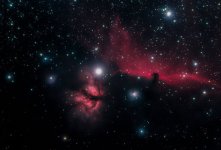
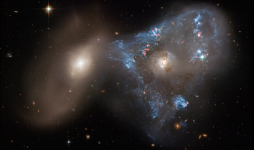
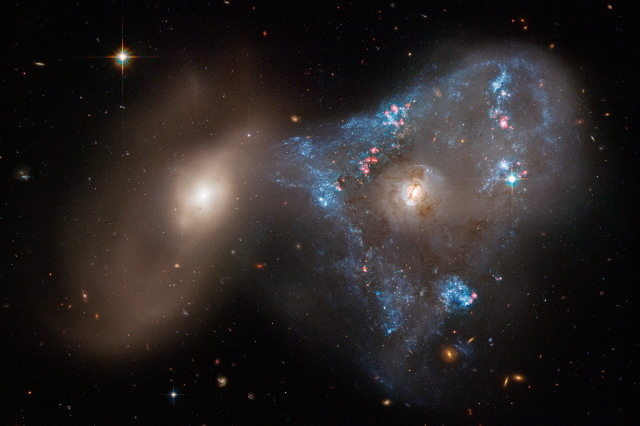
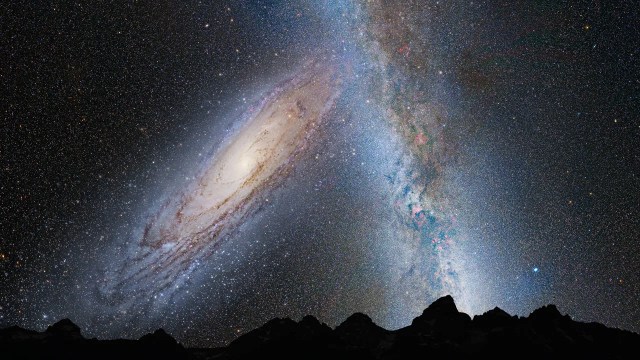

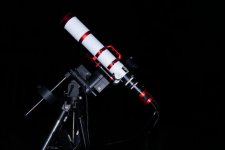
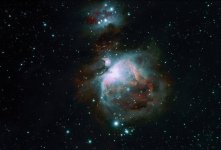
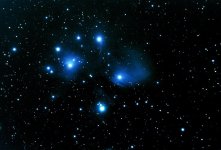
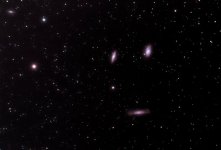
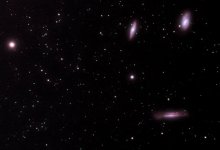
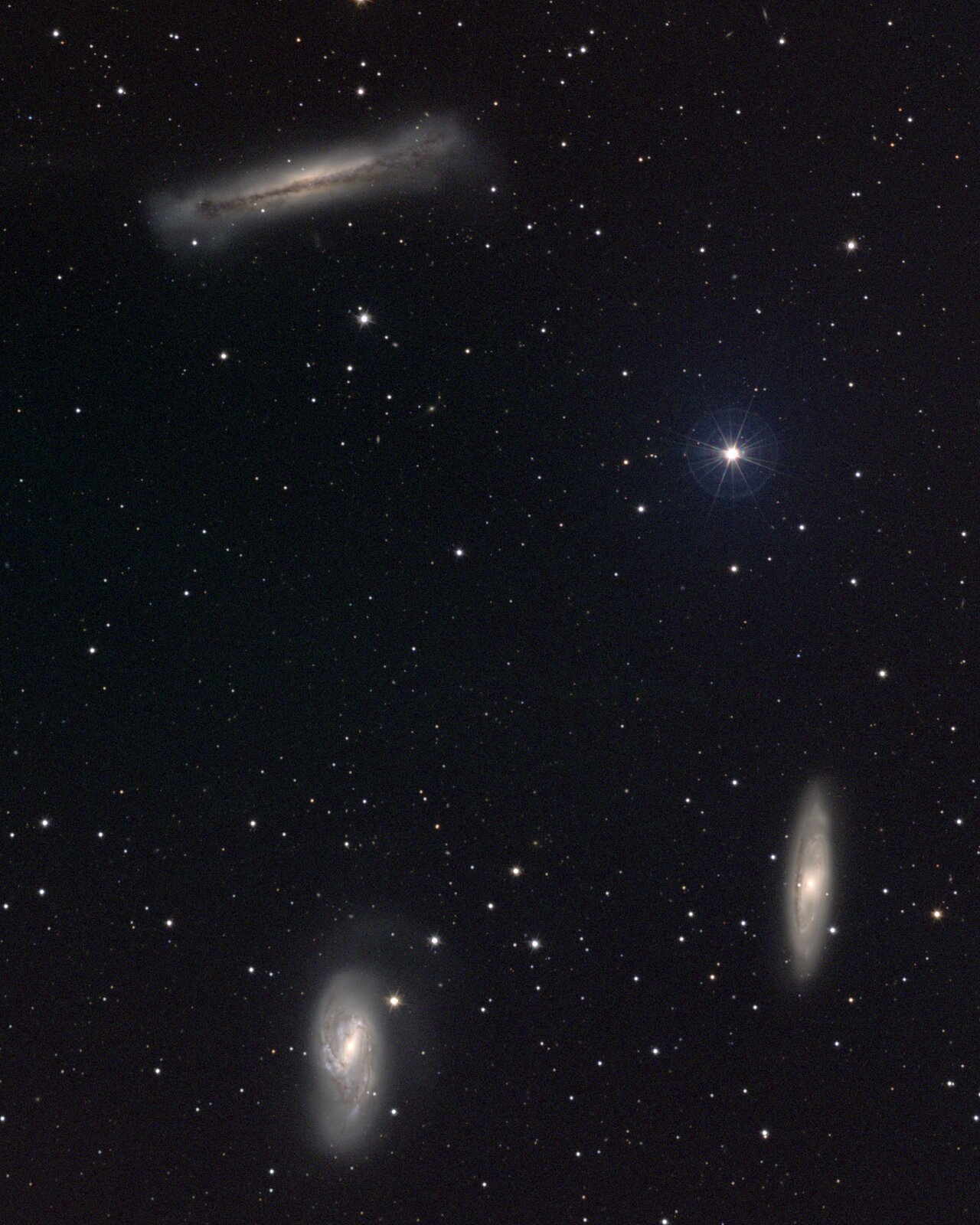
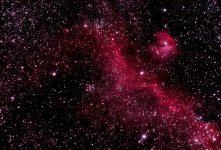
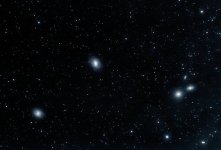
I dont feel like clicking like on so many dang photographs folks. I will just say thankyou. All of these are breathtaking and if you look at them long enough you start thinking with deep perspective. The details on some of those galaxies are beyond words.
So a thought. From what I understand Andromeda is the closest galaxy correct? I also am of the understanding that we do not have the tech to look deep into it that galaxy either.
Therefore, the thought that blows my mind is that here I am looking at an actual galaxy, what is the probability that you are looking at something that contains life.
